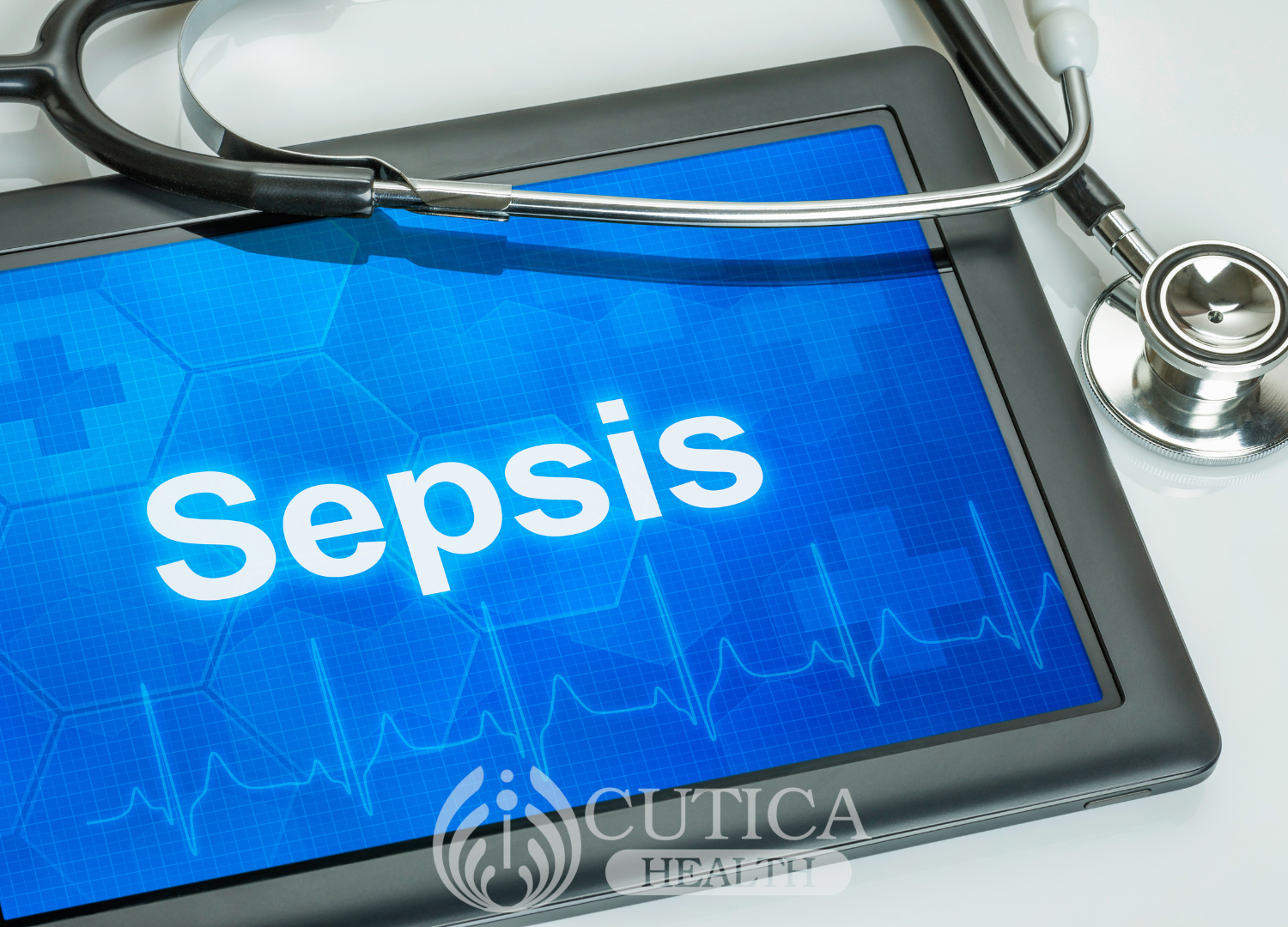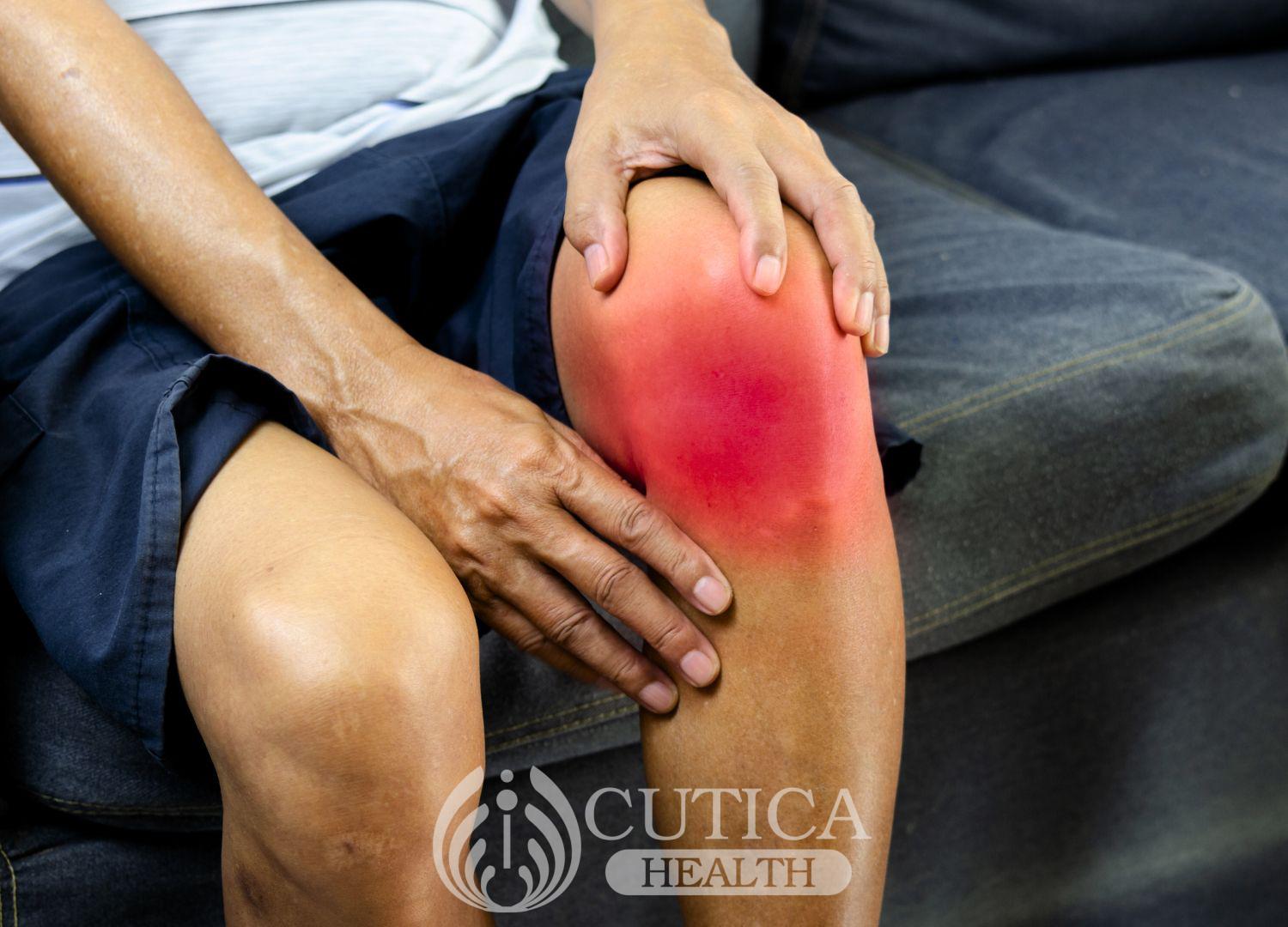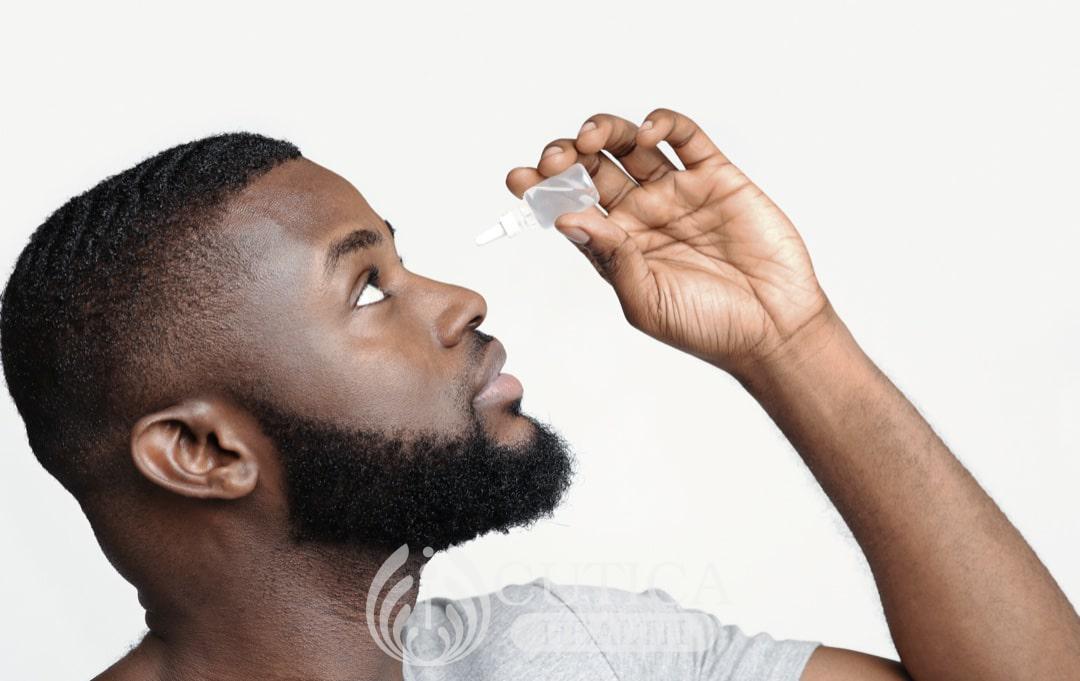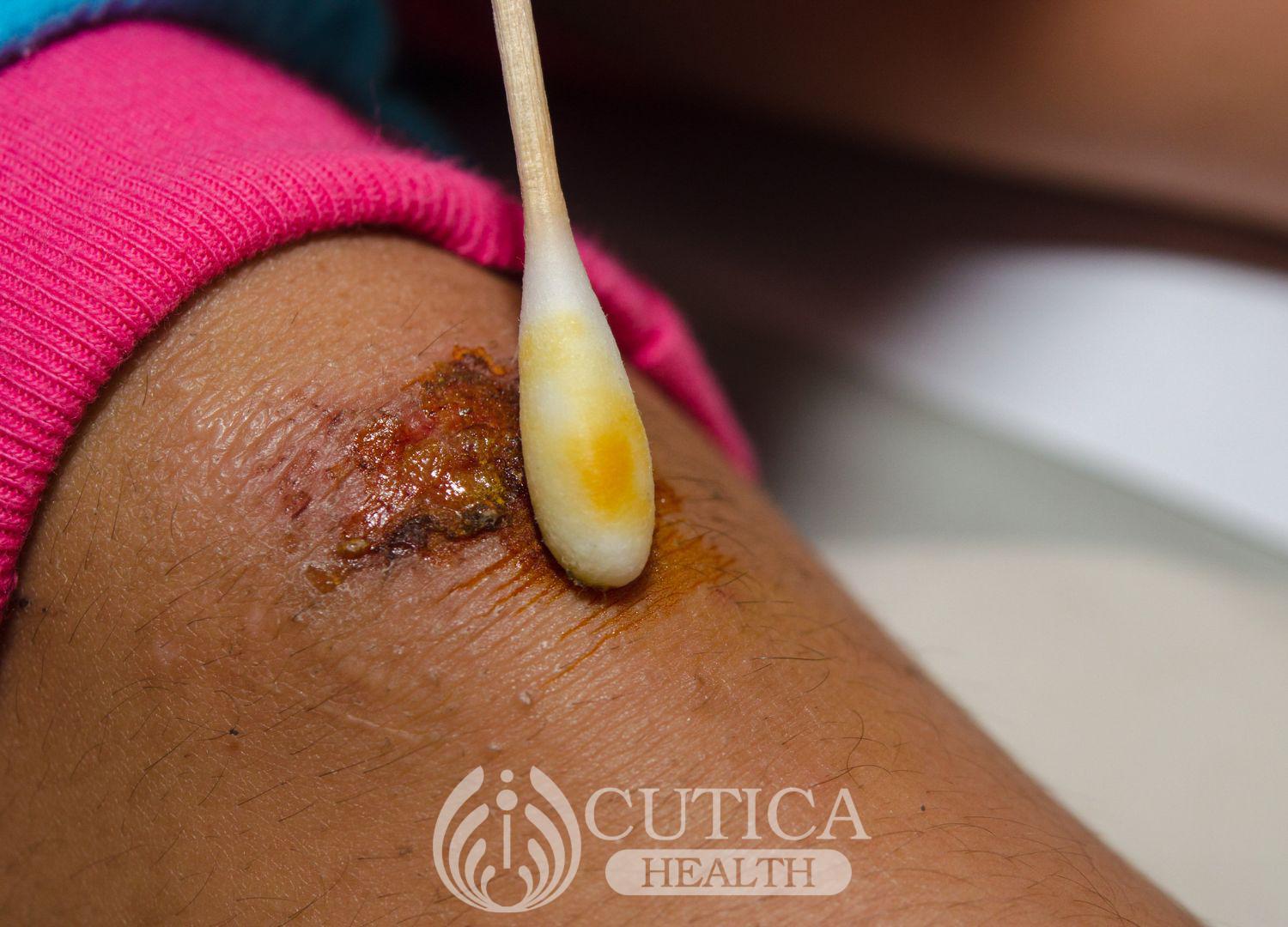
Accidents cannot always be avoided, and some result in a break in the skin. Perhaps you sustained an injury recently while using a kitchen knife or following a fall. Did you pay any mind to how long it took for the wound to stop bleeding? Did you note any abnormalities? How long did it take for the wound to heal? Was there an infection?
What happens when we have a wound?
Bleeding occurs when there is injury to a blood vessel, and it can result from scrapes, abrasions, punctures, or cuts. Within seconds after sustaining a wound, the body activates an elaborate process, known as the clotting process. This causes thickening of the blood with the formation of a clot.
A scab later develops over the wound to protect the underlying tissues and decrease the risk of infection. This is important because we carry bacteria on our skin, and we are surrounded by bacteria and other bugs that can infect a wound. Even a minor cut can lead to a severe infection. Wound healing continues days, or sometimes even years, after the initial scab formation.
Did you know that a person may bleed longer than normal if any of the following is present?
|
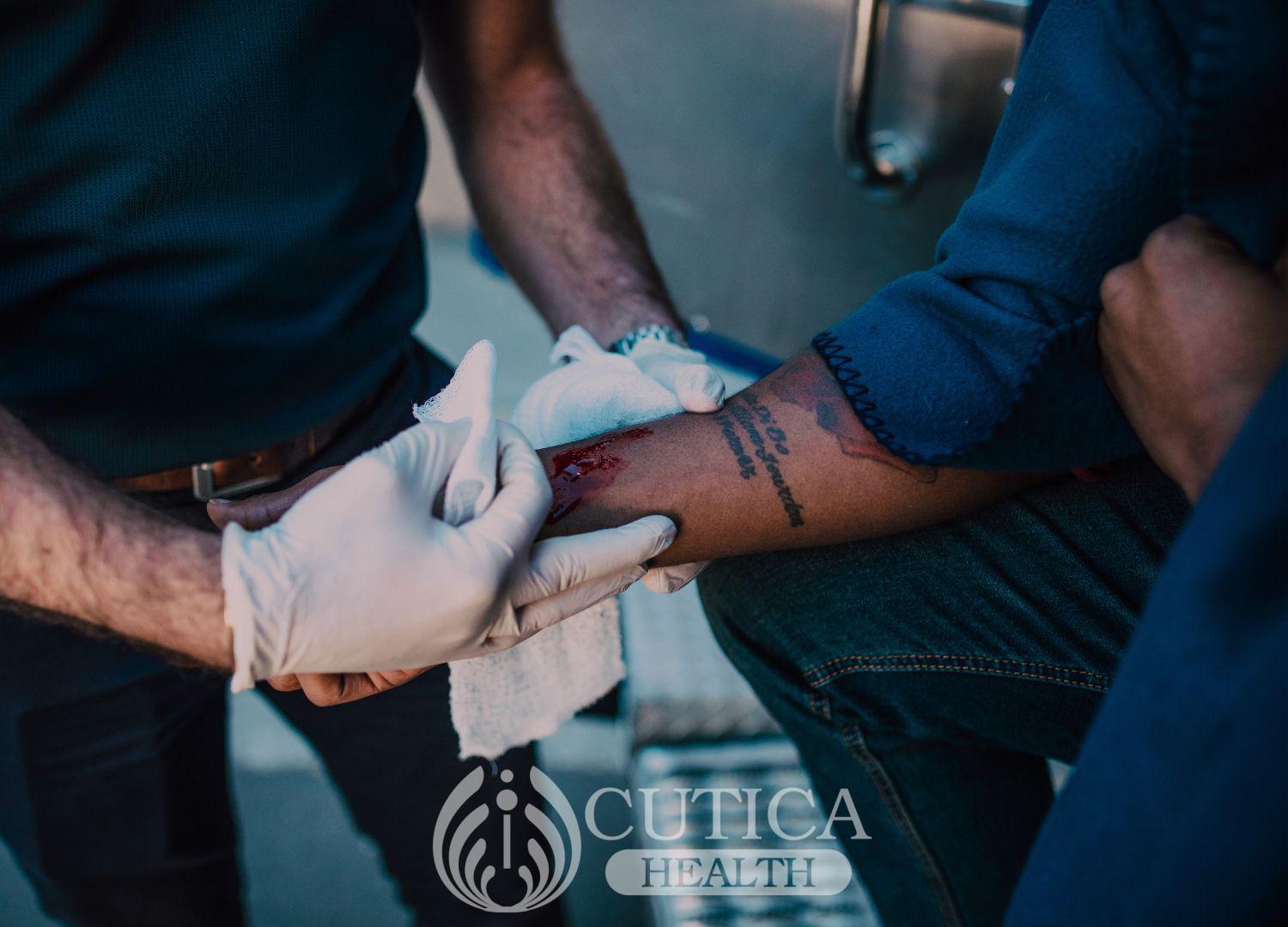
The skin serves as a barrier against bacteria and other bugs gaining access to our bloodstream. If a wound is not properly taken care of, it can lead to an infection. Symptoms of an infected wound include redness, pain , and swelling. Pus can start draining from the wound . If an infection becomes severe, the person may develop fever, nausea, and chills .
Be Proactive! Take charge of the healing process
The first thing to do after sustaining a wound is to stop the bleeding.
You can achieve this by applying pressure to the wound for a few minutes using a soft, clean cloth. When the bleeding stops, run warm water over the injured area for a few minutes and as you do this, look out for dirt, grass or other debris attached to the wound.
Some medical conditions increase the risk of wound infection. Examples include malnutrition, diabetes, problems with blood circulation, history of radiation to wound site, a weak immune system. |
The skin around the cut can also be cleaned with warm soapy water but do not get this into the wound.
For extra precaution and safety, you can apply a topical agent to the wound to decrease the risk of infection. If the wound is small, say scrapes or minor cuts, there is no need to cover it with a dressing. However, in larger wounds, it is advised that the wound be covered with gauze for protection. Allow the wounds and the surrounding skin to air dry before applying cover.
Monitor the wound healing but leave the wound alone.
After cleaning, a topical agent can be applied to stop bleeding, prevent infection, and hasten wound healing. Your local pharmacy likely has an over-the-counter gel that can do this. Check with the pharmacist. |
If the wound is small, say scrapes or minor cuts, there is no need to cover it with a dressing. However, in larger wounds, it is advised that the wound be covered with gauze for protection. Allow the wounds and the surrounding skin to air dry before applying cover.
Monitor the wound healing but leave the wound alone.
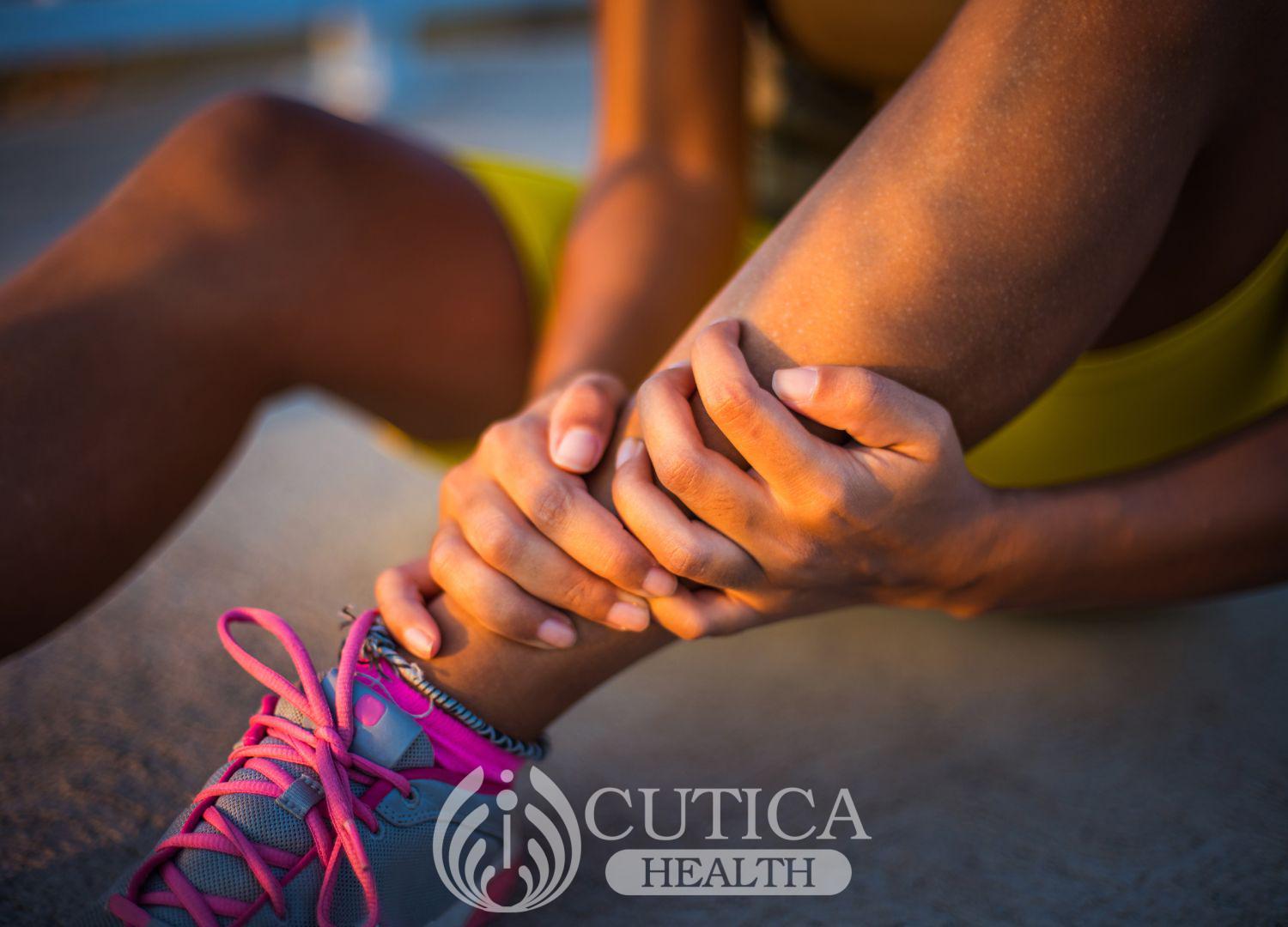
Do not pick at the scab or scratch the surface as retraumatizing the area can delay the wound-healing process and increase the risk of infection. Remember to change the dressing regularly and replace dirty or wet dressings.
If you are worried about how the wound appears, see a doctor immediately! See your doctor if you notice any of the following:
Pus or abnormal discharge from the wound
- Increased warmth and tenderness around the wound
- Presence of an offensive smell
- Fever
- Chills
- Suddenly feeling unwell.
While it is possible to tend to some wounds yourself, there are wounds that would be better tended to by a doctor. These include wounds that are deep and large with uneven edges, wounds that are heavily contaminated by soil or dirty rusty objects, and wounds sustained from bites.
The doctor may prescribe extra medications like tetanus shots and antibiotics. When there are signs of an infection, your doctor may take samples from the site to check for bacteria.
Some severe, life-threatening infections may result from a wound that is not properly taken care of.
Cellulitis: This is a serious bacterial infection of the skin and spreads quickly often causing redness, swelling, and tenderness.
Necrotizing fasciitis: This condition is rarer than cellulitis. This infection quickly spreads beyond the wound site. Also caused by bacteria, it is managed as a medical emergency as failure to act leads to widespread infection in the blood (sepsis), and eventually, death. It is known as the flesh-eating disease as it rapidly destroys the skin and the underlying tissues. Treatment always involves extensive surgery. In some cases, treatment may involve amputation of say a limb to stop the spread of this infection.
Osteomyelitis: When a wound is improperly cared for, the infection can spread to the bones. Treatment involves prolonged antibiotics.
Worried? No need to be
We can protect ourselves by taking the necessary measures to guard against infections and associated complications. It is possible to get additional protection by using a topical agent that can promote faster wound healing and possesses antimicrobial properties to prevent infections. Remember to seek prompt medical attention if you are feeling unwell or if the wound appears infected despite measures taken.
This article was sponsored by Fidson Healthcare PLC
Leave a comment
Your email address will not be published. Required fields are marked *








